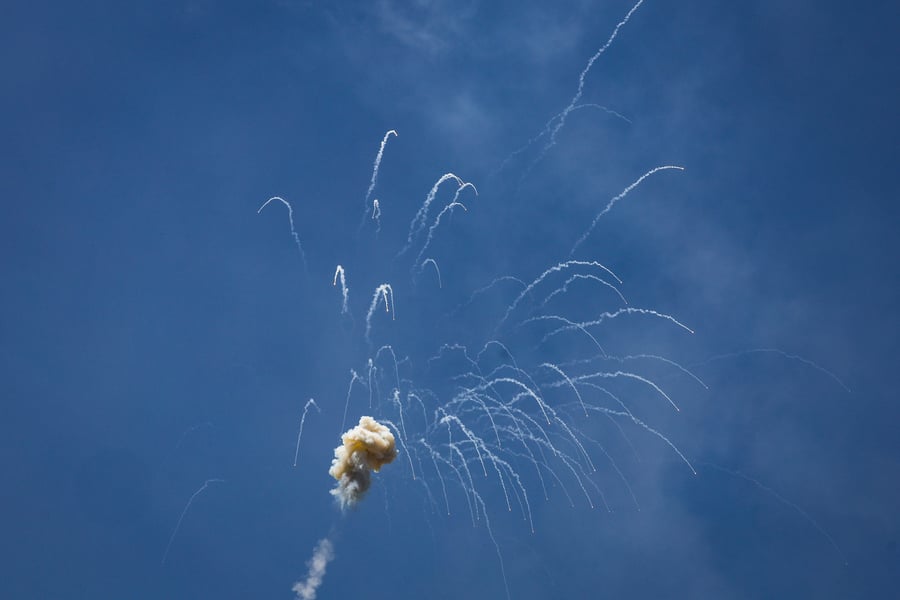
The Home Front Command advises staying sheltered for 10 minutes after hearing rocket sirens to avoid potential rocket debris. But why exactly is it 10 minutes? What does it have to do with the size of the fragments? And what factors can increase the spread of shrapnel on the ground? A report by ynet helps give the answers.
According to guidelines from Israel’s Home Front Command, when a rocket siren sounds, you should immediately find a safe location, such as a nearby building or the stairwell of your own building, and stay there for at least 10 minutes. If those options aren't available, lie flat on the ground and cover your head with your hands for the same duration. This timing is crucial because it takes time for shrapnel from intercepted rockets or missiles to reach the ground.
Prof. Iair Arcavi, from the Raymond and Beverly Sackler School of Physics and Astronomy at Tel Aviv University, explains that after an interception by Israel’s air defense systems, the resulting fragments initially fall freely. However, within seconds or minutes, air resistance begins to have a significant effect. "The fragments encounter drag, which acts as a counterforce to gravity and increases with speed. This reduces their fall acceleration compared to true freefall until they reach a constant terminal velocity," he says. Additionally, factors like air currents can further slow their descent.
Interestingly, larger fragments can sometimes take longer to fall than smaller ones. While it may seem intuitive that heavier fragments would fall faster, increased air resistance often means they descend more slowly. Prof. Arcavi references Galileo Galilei’s principle that all objects fall at the same rate due to gravity, but air resistance plays a critical role in the real world.
For instance, on the Moon—where there is no air resistance—a hammer and a feather fall at the same speed, as demonstrated by astronauts during Apollo 15. On Earth, however, larger objects face more air drag, which can delay their fall compared to smaller ones. This was evident on King George Street in Tel Aviv, where a large fragment took several minutes to reach the ground after interception.
Therefor, because it is difficult to predict exactly how long fragments will take to fall—given their varying sizes, dispersion, and air currents—the Home Front Command recommends a 10-minute safety buffer. After interception, fragments may initially fly upward, further extending their descent time.
The location where fragments land also depends on the altitude of the interception and air currents. Israel's air defense systems, including the Iron Dome, Arrow, and David's Sling, can intercept threats at varying atmospheric levels. Higher interceptions result in a wider spread of debris, as upper-atmosphere winds can carry fragments over greater distances.
Prof. Arcavi explains that both interception altitude and wind speed can significantly influence how far fragments travel, potentially endangering people over a broader area. Additionally, the angle and speed at which the interceptor impacts the target missile are crucial for determining the velocity and direction of the fragments. "Higher speed at the moment of impact can propel fragments farther," he explains. “It’s like throwing a ball: the faster you throw it, the farther it will go.” Consequently, the trajectory of fragments after impact depends on the interceptor's speed and angle, which contributes to the explosive spread.
This is why the Home Front Command’s 10-minute precaution aims to keep people safely sheltered during this unpredictable phase.



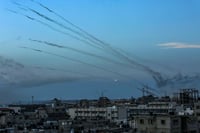
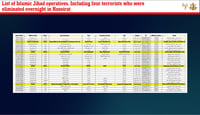
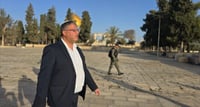


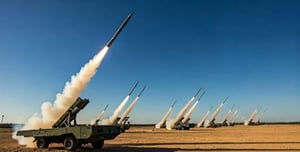



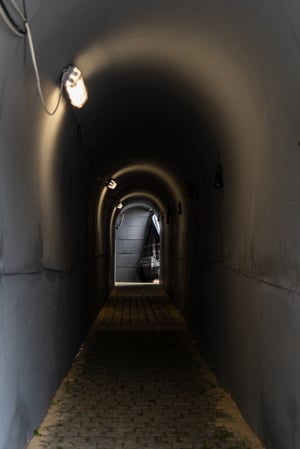

0 Comments